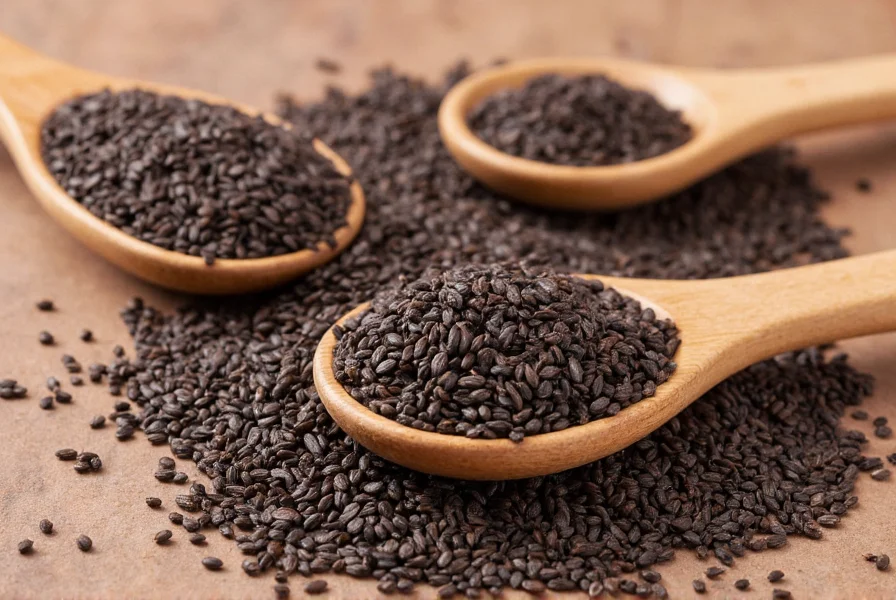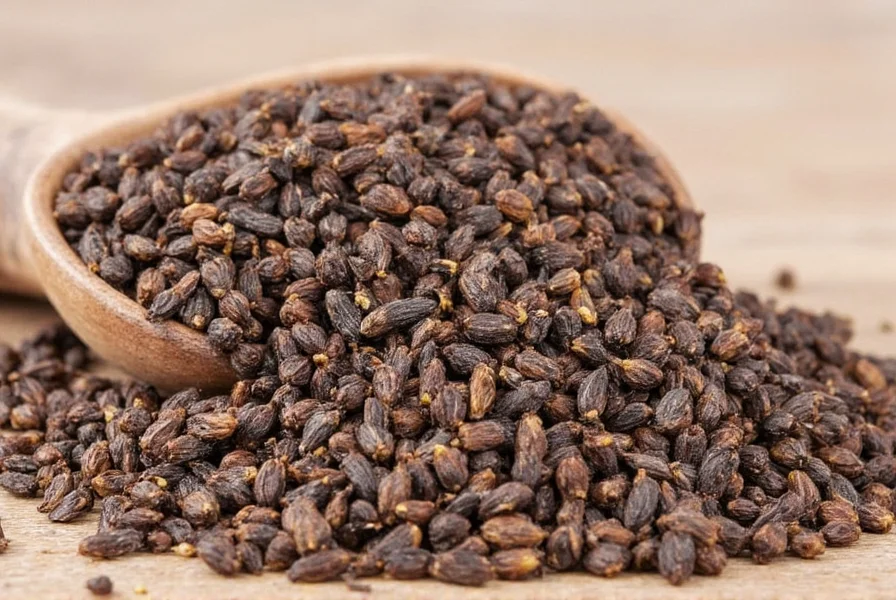For centuries, black cumin seeds have been valued across Middle Eastern and South Asian cultures for their versatile applications. These tiny black seeds, scientifically known as Nigella sativa, contain thymoquinone—the primary active compound responsible for many of their studied health properties. Modern research continues to explore traditional uses while providing scientific validation for proper consumption methods.
Different Forms of Black Cumin Seeds for Consumption
Understanding the various preparation forms helps maximize benefits while ensuring safety. Each form offers distinct advantages depending on your intended use:
| Form | Preparation Method | Best For |
|---|---|---|
| Whole seeds | Raw, dry-roasted, or lightly crushed | Culinary use, chewing|
| Powder | Seeds ground to fine consistency | Easy mixing, precise dosing|
| Cold-pressed oil | Extracted without heat or chemicals | Topical application, internal use|
| Tea/infusion | Seeds steeped in hot water | Digestive support, mild consumption
Practical Methods for Using Black Cumin Seeds
Chewing Raw Seeds for Daily Wellness
One of the simplest traditional approaches involves chewing 1-2 teaspoons of raw black cumin seeds each morning. Many cultures believe this practice supports respiratory health and digestion. For better palatability, some prefer dry-roasting the seeds first to enhance their nutty flavor while preserving active compounds. Always start with smaller amounts (1/2 teaspoon) to assess tolerance before increasing to recommended doses.
Preparing Black Cumin Seed Tea
Brewing black cumin seed tea provides a gentler consumption method ideal for sensitive systems. Add 1 teaspoon of crushed seeds to 8 ounces of boiling water, cover, and steep for 10-15 minutes. Strain before drinking. This method effectively extracts water-soluble compounds while creating a soothing beverage. For enhanced benefits, add lemon or ginger to your black cumin seed tea for respiratory support during cold season.
Combining with Honey for Immune Support
The time-honored combination of black cumin seeds and honey creates a synergistic effect valued in traditional medicine systems. Mix 1 teaspoon of crushed seeds with 1 tablespoon of raw honey and consume once daily. This method improves palatability while potentially enhancing absorption of active compounds. Many users report this combination particularly beneficial during seasonal transitions when immune support matters most.
Using Black Cumin Seed Oil Effectively
Cold-pressed black cumin seed oil offers concentrated benefits with precise dosing. For internal use, take 1-2 ml (approximately 1/4 to 1/2 teaspoon) once or twice daily, preferably with food to enhance absorption. Topically, apply diluted oil (mixed with carrier oil like coconut or almond) to skin for inflammation reduction. Never apply undiluted oil directly to skin, especially if you have sensitive skin or are trying black cumin seed oil for the first time.
Incorporating into Cooking and Baking
Black cumin seeds add distinctive flavor to various dishes while delivering health benefits. Sprinkle 1/2 to 1 teaspoon of seeds onto bread dough before baking, mix into salad dressings, or add to curries and stews during the last few minutes of cooking. Their slightly peppery, oregano-like flavor complements Middle Eastern and Indian cuisines particularly well. When using black cumin seeds in recipes, add them toward the end of cooking to preserve maximum nutritional value.
Recommended Dosages for Specific Purposes
Scientific studies suggest different dosages depending on your health goals. Always consult with a healthcare provider before using black cumin seeds for specific health conditions, especially if you take medications or have underlying health issues.
- General wellness: 1-2 teaspoons of whole seeds daily or 1 ml of oil twice daily
- Immune support: 1 teaspoon seeds with honey each morning during cold season
- Digestive health: 1/2 teaspoon seeds steeped as tea before meals
- Skin applications: Dilute 5 drops of oil in 1 tablespoon carrier oil for topical use
Safety Considerations and Potential Interactions
While generally safe for most people, black cumin seeds may interact with certain medications. Those taking blood pressure medication, diabetes drugs, or immunosuppressants should consult healthcare providers before regular consumption. Pregnant women should avoid therapeutic doses as high amounts may stimulate uterine contractions. Always perform a patch test before topical application to check for skin sensitivity. Start with lower doses to assess individual tolerance, as some people experience mild digestive upset when first incorporating black cumin seeds into their routine.

Proper Storage for Maximum Potency
To maintain freshness and potency, store black cumin seeds in an airtight container away from light and heat. Whole seeds retain their properties longer than ground forms—typically 1-2 years when properly stored. Refrigeration extends shelf life, especially for oil, which should be kept in dark glass bottles to prevent oxidation. Check stored seeds periodically for rancidity, particularly the oil, which may develop an off smell when spoiled. Properly stored black cumin seed oil maintains effectiveness for 6-12 months.
Frequently Asked Questions
Can I use black cumin seeds every day?
Yes, black cumin seeds can be safely consumed daily within recommended amounts (1-2 teaspoons of seeds or 1-2 ml of oil). Long-term traditional use across various cultures supports daily consumption at these levels. However, taking periodic breaks (such as one week off each month) may help maintain effectiveness and prevent potential tolerance buildup.
What's the best time to take black cumin seeds?
Morning consumption on an empty stomach provides optimal absorption for most people. Many traditional practices recommend taking black cumin seeds first thing in the morning, followed by breakfast 20-30 minutes later. For digestive support, some prefer taking them before meals. Consistency matters more than exact timing—choose a schedule you can maintain regularly.
How long does it take to see results from black cumin seeds?
Most people notice subtle changes within 2-4 weeks of consistent daily use, though individual responses vary. For immune support, effects may be noticeable during seasonal changes. Skin improvements typically appear within 4-8 weeks of regular topical or internal use. Maximum benefits often require 3-6 months of consistent consumption, as many of black cumin seeds' effects build gradually through cumulative action.
Can children use black cumin seeds?
Children over 2 years can use reduced amounts of black cumin seeds under adult supervision. For children 2-6 years, use 1/4 to 1/2 teaspoon of seeds or 0.5 ml of oil daily. Children 6-12 years can take up to 1 teaspoon of seeds or 1 ml of oil. Always consult a pediatrician before giving black cumin seeds to children, especially for therapeutic purposes or if they have existing health conditions.
What's the difference between black seed oil and black cumin seeds?
Black seed oil is the concentrated extract from black cumin seeds (Nigella sativa), containing higher levels of active compounds like thymoquinone. Whole seeds provide fiber and require digestion to release benefits, while oil offers immediate bioavailability. Oil is more potent per volume—1 ml of oil equals approximately 5 grams of whole seeds. Both forms offer benefits, but oil provides more concentrated effects for therapeutic use while whole seeds work well for culinary applications and daily maintenance.











 浙公网安备
33010002000092号
浙公网安备
33010002000092号 浙B2-20120091-4
浙B2-20120091-4